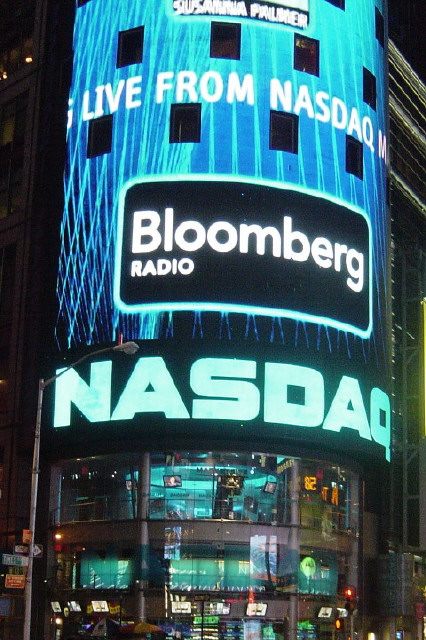Baby boomers may recall a commercial in the 1980s that referenced a start up company on their exchange whereby the company’s net worth eventually reached $3 billion. At the end of the commercial, they mentioned that the company was Microsoft. The idea behind this advertising was to bring to the attention of American businesses the the NASDAQ stock exchange is the right place to list their company, as they too were becoming a growing company and worth being listed on.
What is the NASDAQ?

The NASDAQ (National Association of Securities Dealers Automated Quotations) was founded in 1971 by the National Association of Securities Dealers (NASD). It is an American stock exchange that favors electronic transactions over computer networks automatically, in contrast to in-person transactions.
Initially a major market of over-the-counter (OTC) securities trading, NASDAQ became accordingly labeled as the “OTC” by the media as well as in Standard & Poor’s Corporation issued guides.
In order to be listed on the NASDAQ, companies must meet specific financial criteria, including maintaining a stock price of at $1 or more and the total value of outstanding stocks that must be at least $1.1 million. NASDAQ also has a Small Caps Market for companies unable to meet these financial requirements, but it will transfer these companies to their major exchange as the companies net worth reaches and surpasses their eligibility requirements.
How Does NASDAQ Work?
Unlike the New York Stock Exchange, there is no trading floor. The exchange acts ass a dealers’ market; hence, stock brokers buy and sell through an interim market maker instead of from each other. A market maker is a company that holds shares of a particular security and then brokers buy directly from these entities. There are over 500 member market maker firms for NASDAQ which help keep the financial markets running smoothly and effectively.
Initially NASDAQ stock trading was done through a computer bulletin board system and via the telephone. Now, it is all computerized and the efficiency of this trading system is par for the course, as full reports on trades and daily trading volumes are automatically generated.
The Dot Com Bubble

Microsoft wasn’t the only tech company to join NASDAQ. Many others startups became a part of this exchange accompanied by the growing Internet phenomenon in the mid-1990s. Many newly created businesses began emerging in the market and were growing at an increasingly accelerated rate.
As one investor explained, “I had about $46,000 invested in stocks and stock funds. Pretty much diversified, but did include tech stocks. Everyday when I would come home from work, I would check my portfolio via a program that was tied to the latest stock prices. I noticed my investments was growing. Initially by a little, then as the weeks went by, they were increasing by leaps and bounds to the point that my stock portfolio doubled in less than six months.”
The dot com bubble was the result of software and hardware companies reaping in the profits from a market that was requiring their products and services at an almost exponential level. Add to that the venture capitalists who were pouring money into these companies as well, resulting in a peak on March 10, 2000.
The Bubble Bursts
Many who poured money into these firms overlooked their own strategy of being careful, as the need to make money overshadowed their guidelines, subsequently causing the Internet Bubble to burst and resulting in many tech startup companies to collapse, which then led to an economic recession hastened by the rapid decline in the Nasdaq index.
NASDAQ Today
Things have changed since then and NASDAQ is a will established exchange containing about 3,200 publicly traded companies. It is the second largest stock exchange and the largest electronic stock market. trades consist of consumer goods, energy, finance, healthcare, public utilities, technology, transportation and of course high-tech companies..
 What Makes Me Different From the Others?
What Makes Me Different From the Others?